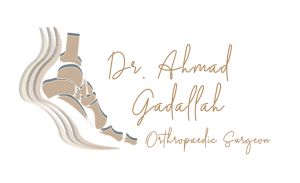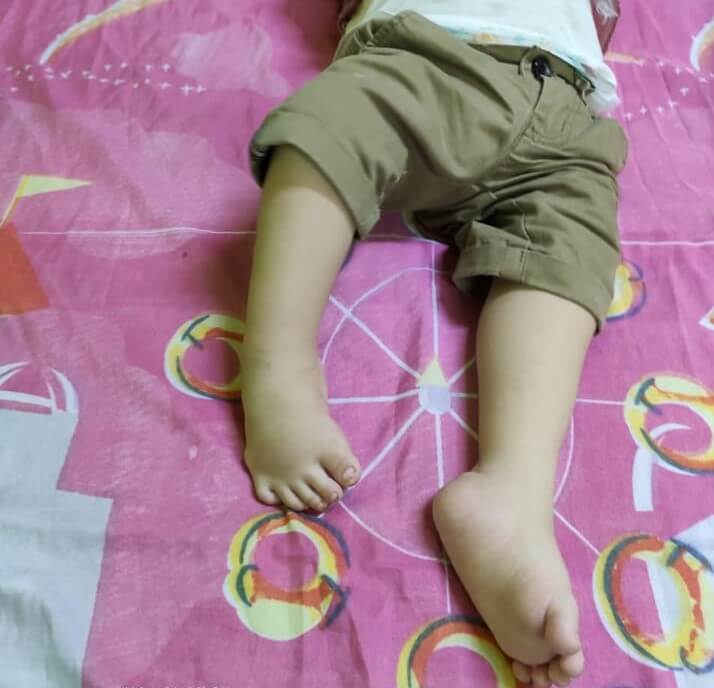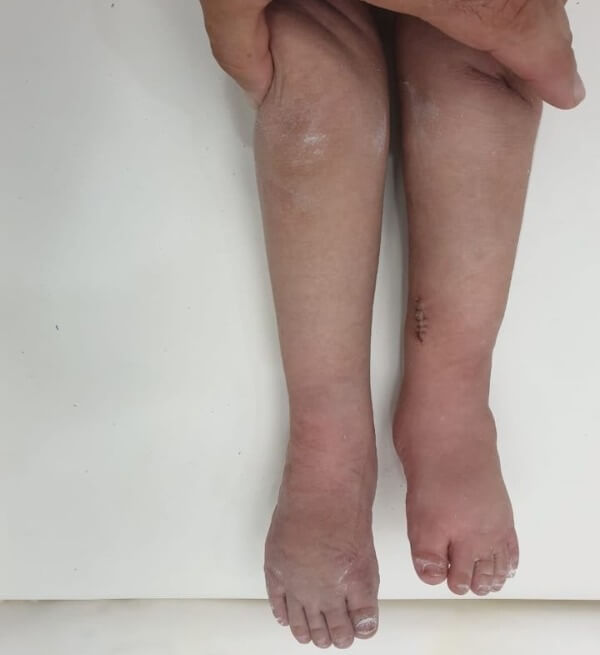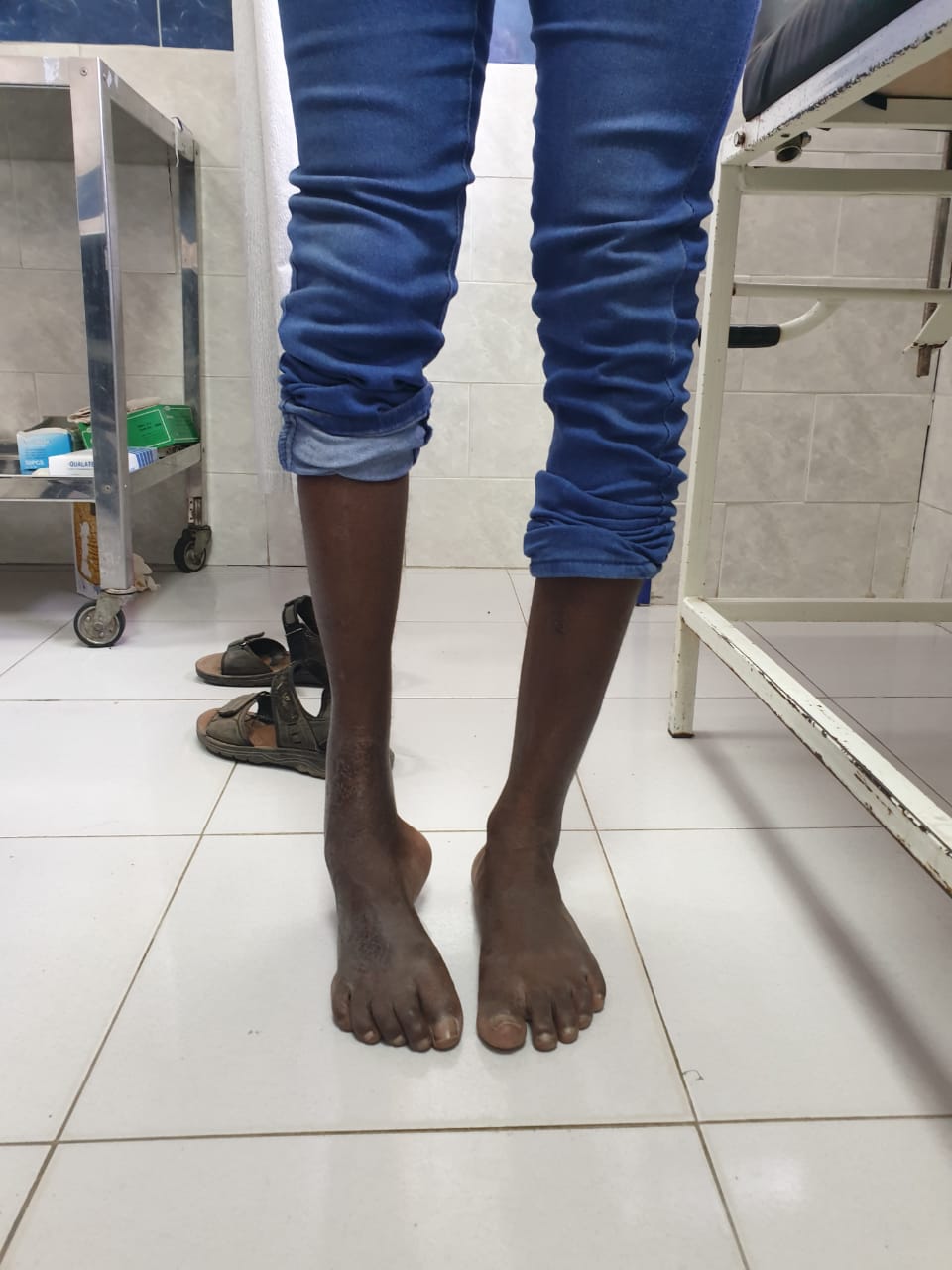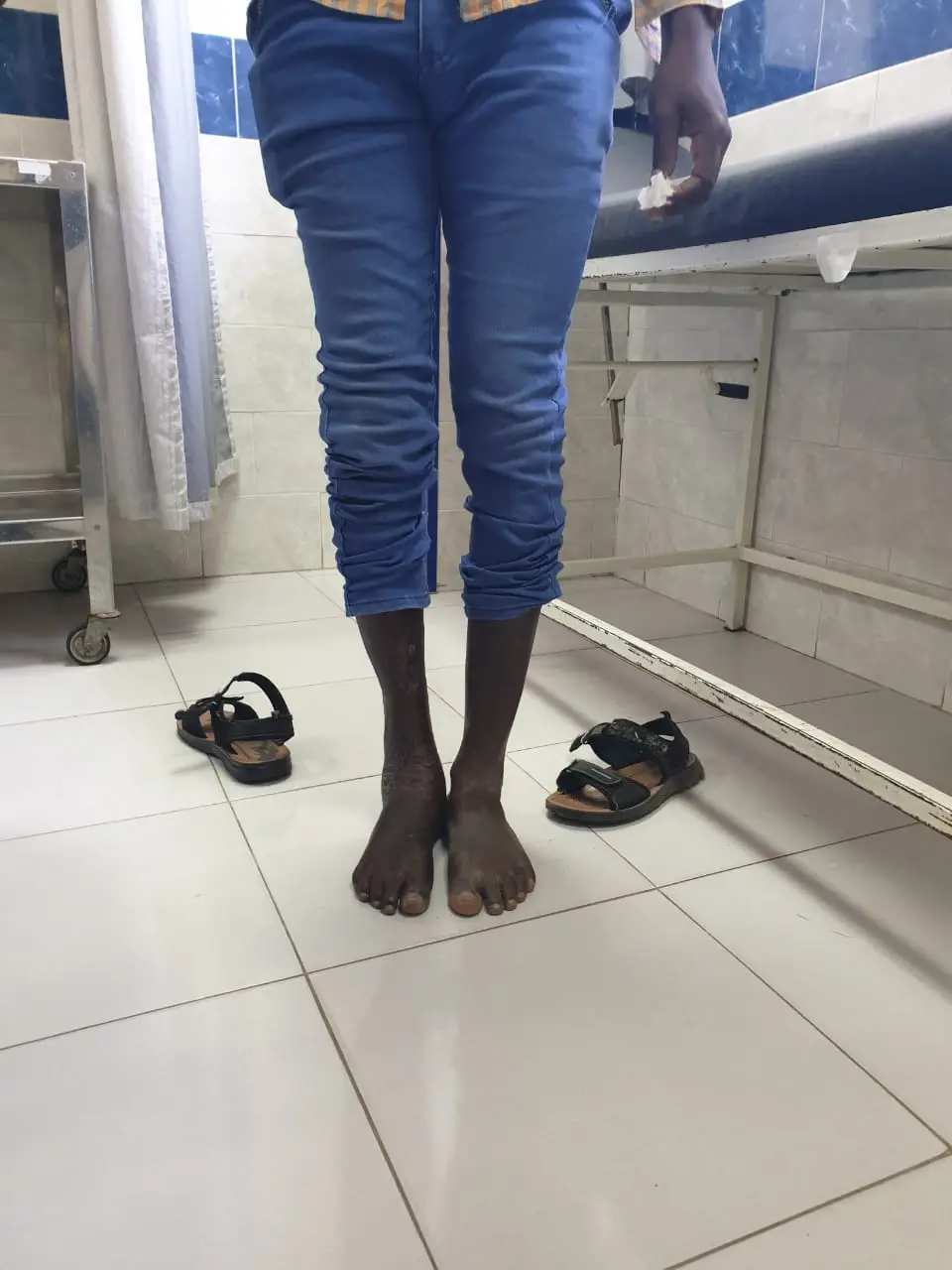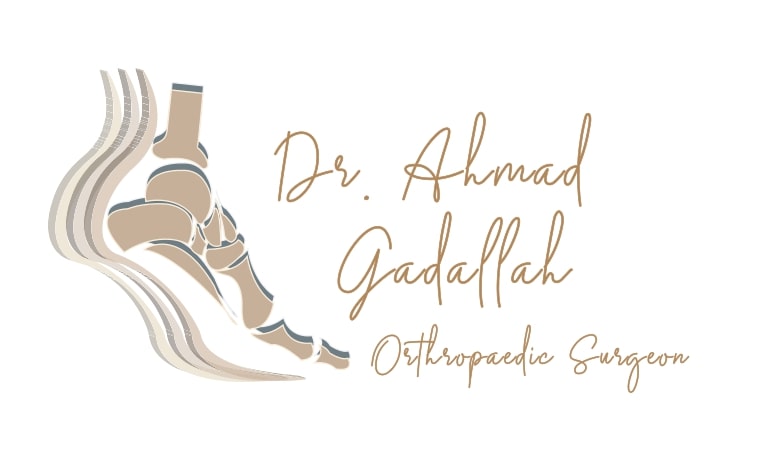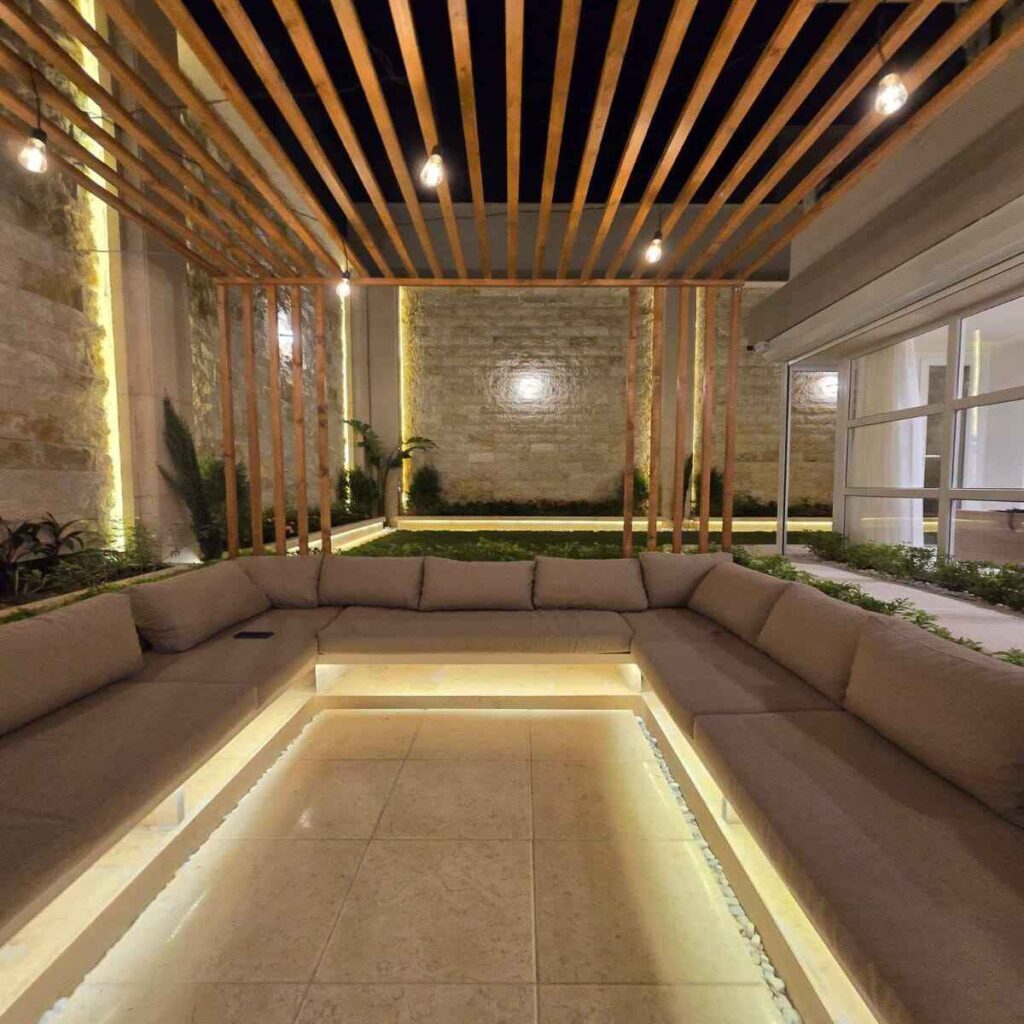Treatment Options
Orthopedic Deformity Treatment – Tailored for Every Patient
We offer both non-surgical and surgical solutions based on your condition and severity.
Non-Surgical Bone Deformity Solutions:
Bracing & Orthotics – Used for mild deformities in children. Braces and custom orthotic devices are used to gradually correct bone alignment, provide support, and prevent worsening of the deformity. They are commonly used for conditions like bow legs, knock knees, and scoliosis, especially in growing children.
Physiotherapy & Rehabilitation – Helps improve function and mobility. A combination of targeted exercises, manual therapy, and mobility training to strengthen muscles, improve joint function, and enhance overall movement. Physiotherapy helps correct mild deformities and supports post-surgical recovery.
Serial Casting – Used for conditions like clubfoot in newborns. A non-surgical method used for conditions like clubfoot, where the baby’s foot is gently manipulated and placed in a cast. The process is repeated weekly, with each new cast gradually correcting the deformity until full alignment is achieved.
Surgical Treatments for Bone Deformities:
External Fixators (Ilizarov Technique) – For limb lengthening & complex deformities. A specialized frame-based system used for limb lengthening and correcting complex deformities. The device gradually adjusts bone positioning, allowing for controlled healing and realignment.
Internal Fixation (Plates & Screws) – To correct bone misalignment. A surgical method where plates, screws, or rods are implanted to stabilize and correct bone misalignment. This technique ensures proper healing and long-term stability for fractures and deformities.
Limb Lengthening Surgery – Gradual bone elongation for LLD. A gradual bone elongation technique used for limb length discrepancies (LLD). The bone is surgically cut and slowly separated using an external or internal fixator, allowing new bone to form in the gap.
Osteotomies (Bone Cutting & Realignment) – Corrects severe angular deformities. A surgical procedure where the bone is carefully cut and repositioned to correct severe angular deformities. Plates, screws, or external fixators may be used for stabilization during healing.
